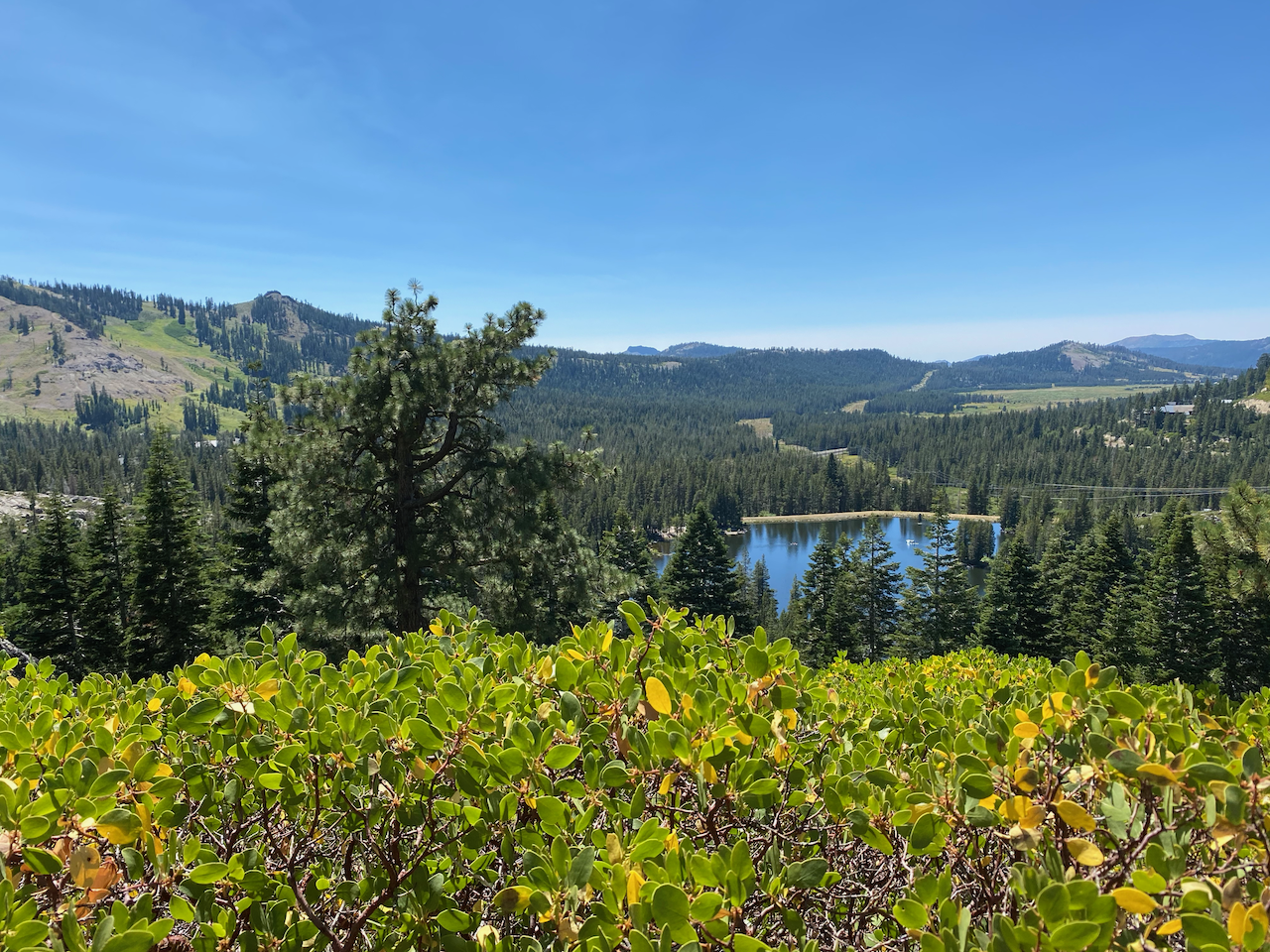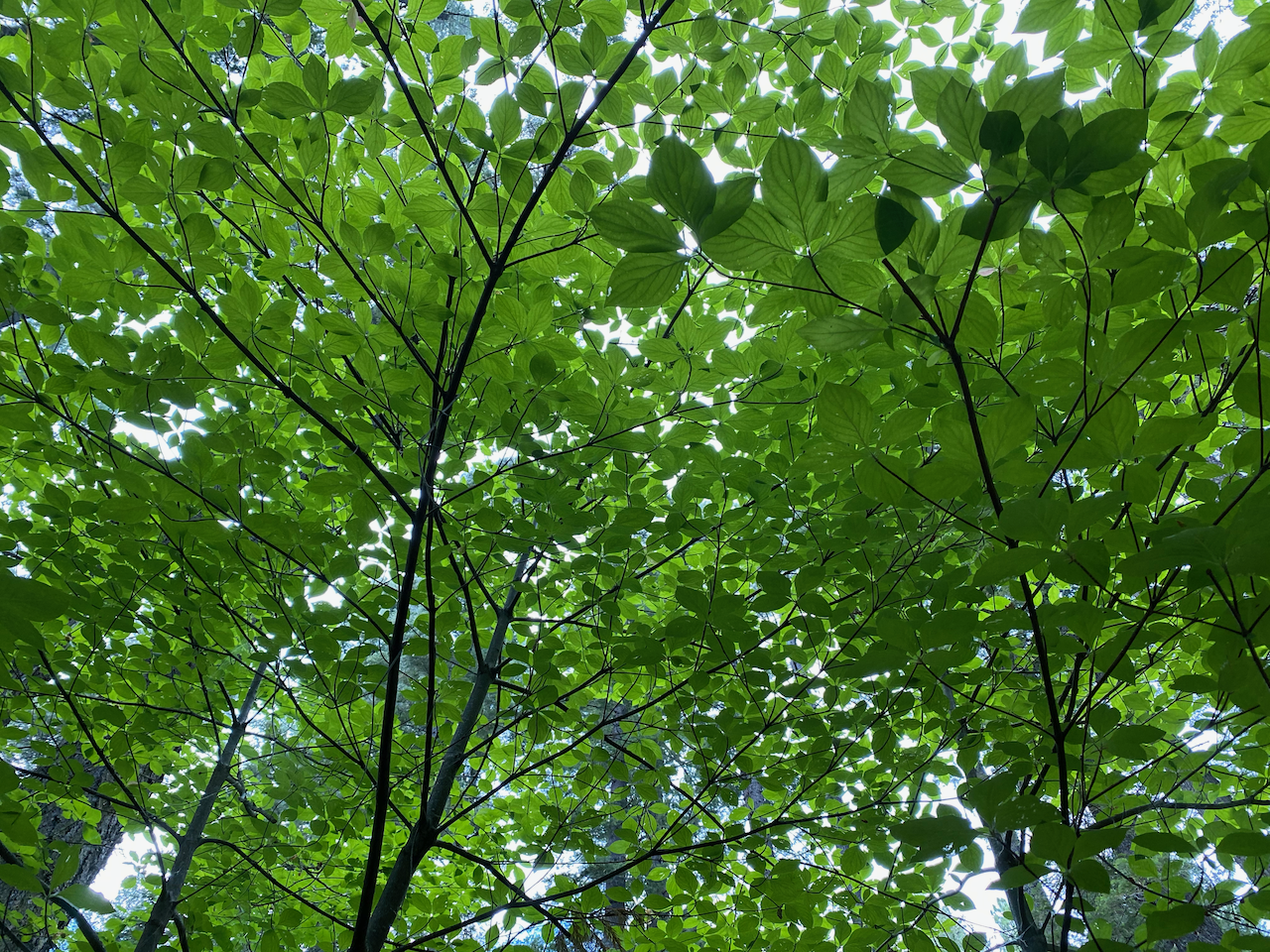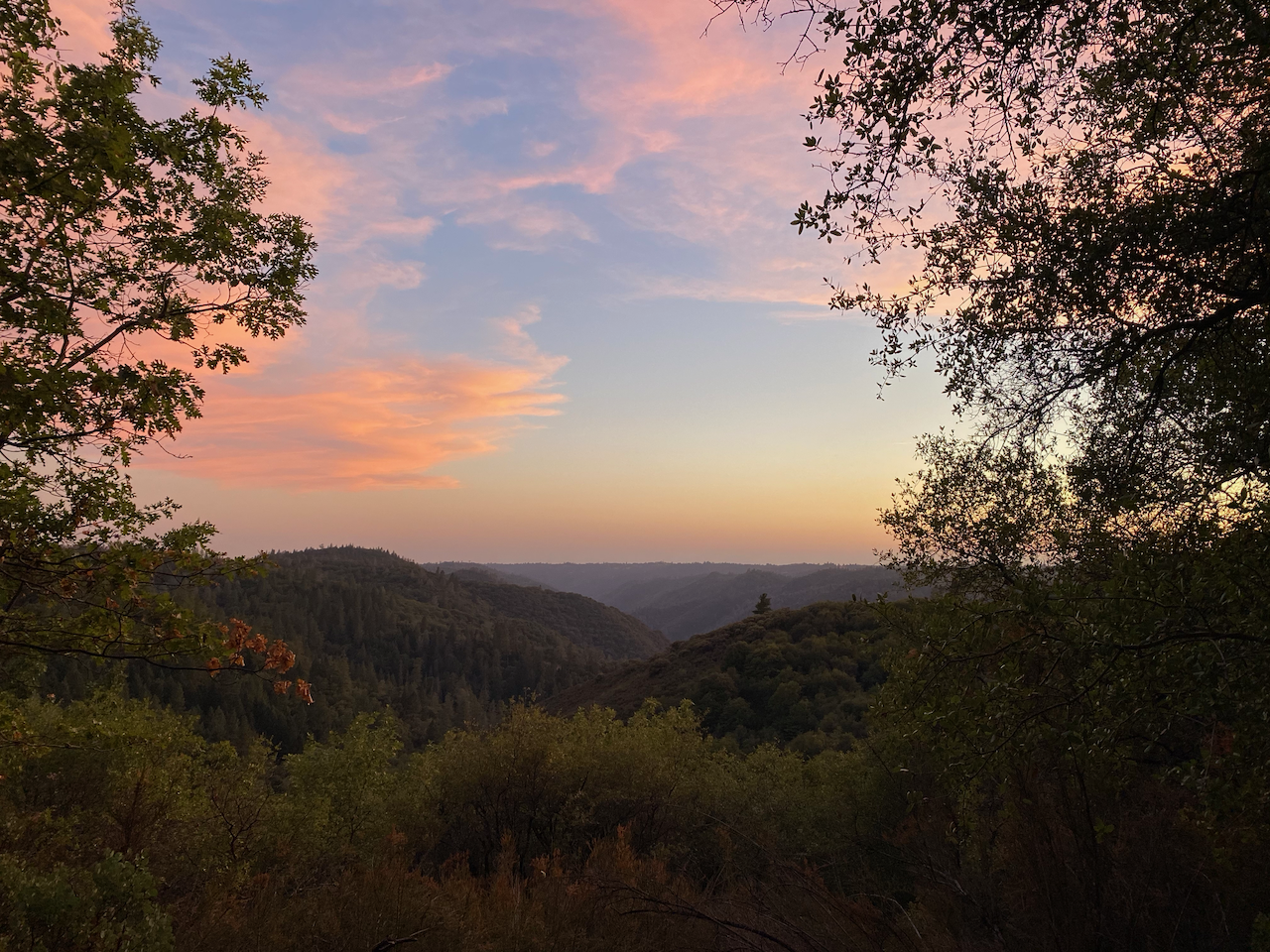I need to watch more sunsets
Jon’s Patch Notes : version 08
These are my weekly Patch Notes – a log of the mental model updates I’m making and a braindump of things I’m leaning, building, or thinking about. Subscribe on Substack here.
In this release:

Patch notes, blog posts, digital gardens, and life #
I was hoping to have this post published… checks calendar … three weeks ago. It’s not that I didn’t have anything to write. If anything, I’ve had too much I want to write about! But life got a bit intense, schedules started slipping, and before I know it I haven’t published anything for most of July and August (it’s already mid-August!?) and feel like I’m falling behind on obligations and everything feels like it’s sliding out fo control.
I don’t care much about metrics and I’m not a thinkboi trying to monetize my Substack with spicy insights for you every week. But I am increasingly conscious of a fascinating relationship between writing words, publishing them, and wonderful things happening in my life. More on this in a later post, but see [[post:journaling]] for the first installment.
The more pressure I put on myself to publish every week, the lower the chances of me hitting it become. It becomes an obligation rather than something to look forward to on a quiet evening with a good playlist bumping. On the other hand, a regular cadence keeps everything running smoothly, people kind of keep it on their radar making it more effective for connections, and I can integrate weekly goal-planning and reflections into the process of writing it.
Another problem is this arbitrary split I’ve created between blog posts and patch notes. In my mind, blog posts are self-contained deep dives I spent a longer period of time on, whereas patch notes are a snapshot of what I’m thinking about at the moment and updates on projects. But a growing number of things seem to fit into neither; they belong as standalone pages in a digital garden.
- see post:patch-notes-v4 :: digital gardens for great examples of digital gardens
Publishing a digital garden interlinked with both my posts + patch notes in the way I want requires a significant deal of wrangling with JSON and markdown and Hugo. Which is time spent futzing with code, instead of writing. But I can’t write the way I want until I have an interface that lets me publish the way I want. And I don’t know what that interface looks like until I’ve gone through the process manually a few times and gotten feedback and made changes and so on and so forth.
All this to say: if you’re still here reading these things and in some way keeping up with my life and my projects and ideas, thank you! I promise I’ll have things more figured out eventually.
There are few things I want do more than explore this intersection of digital writing, journaling, note-taking, and the internet. The first of which is to figure out a writing tool that works for me and my brain allowing me to learn and connect with others in the way I find most natural. My guess is I’m not the only one interested in such a tool, so I expect to find partners project for this soon enough. But it’s something I have to start myself first.

Commuting, travel, and carbon costs #
The last time I commuted by car to work was over three years ago. My ideal commute was a twenty minute walk: enough time to put psychological and physical distance between work and downright enjoyable. Driving to work feels like an insane proposition to me now. In addition to the psychological/health benefits of a shorter commute, I believe the daily commute is a realistic place to reduce carbon impact on a county-wide scale.
I got to experience working remote pre-covid. Usually I’d start off at home in the morning and leave the house to get lunch midday. I’d spend the second chunk at a nearby cafe with plenty of space, outlets, and coffee. After work I’d head to the gym (oh how I miss squats), go home, clean up, and head out to the city to meet with people and enjoy life. When people talk about enjoying remote work, this is usually what they’re referring to.
Of course, things are different now. Several of my friends are going insane without a separate office to work out of, and I can’t blame them: my own “office” for the past four months has been a swivel away from my bed, causing work and rest and pleasure to blur together in an unhealthy cocktail of claustrophobia.
I acknowledge how impractical walking commutes are for most of suburban America are right now and have felt the prison of a bedroom office impeding on me as well. But this pandemic isn’t going away anytime soon, and the pre-pandemic default was nothing to be happy about taking into account mental health and its ecological impact.
One potential solution is shipping container offices like Tiago Forte’s Shelter, a “turnkey, COVID-resistant dwellings and home offices made out of shipping containers and delivered straight to your door”. Great! Except the price tag is going to be astronomical given transport costs are “generally $4-8 per mile” and my best guess is base cost will start at $10k.
- It may be possible to make these cheaper. Much of the country has a backyard with free space and proximity to plumbing and electricity. If my backyard is anything to go by I would gladly trade less room in it for a nice park within walking distance (the sort where you don’t feel like you’re in an observation room with 30 houses staring in at you). A simple workspace won’t need nearly as much engineering: a shed, some insulation, and an A/C.
Another approach is Culdesac in Tempe, AZ, “the 1st car-free neighborhood built from scratch in the U.S.”. This is pretty promising and is making good progress with people slated to be moving in next year. Of course, this requires relocating; something most families aren’t in a position to do. But younger adults are: whether for work or school (online options will improve with time) people want to live in proximity of others. By that point, we should have sub-ten minute tests to which people entering will likely be subject to, in effect creating a yellow zone.
Then there’s my rough plan, which is to buy a giant hotel in the middle of nowhere and live in it with a bunch of friends and have weekly board game nights and a cute little garden. Here’s a nice listing – $1.25M for 8,500 sqft! Unfortunately this is not immediately scalable but I would hope sets a precedent for other ambitious groups of people looking for an alternative to the current offerings.
As with many complex problems, there’s no silver bullet or top-down solution. As far as I can tell it will involve a lot more biking infrastructure, light-rail & bus service, mixed use zoning, and high-density housing being added to our current cities. Existing suburbs will have to renovated and new ones will have to be rethought drastically.
weekend trips and inter-state travel #
Getting out from the suburbs to the mountains on the weekends is what I attribute any and all sanity I have left. Escaping the noise, concrete, and heat to hike in the cool mountains air or swim in a river: these are the things that make life worth living.
But with every trip into the mountains on my gas-powered car I kill a little more of the environment I am so excited to see. The current car I’m driving is averaging 40 mpg which is great but it’s not mine. When it comes time to buy a car, balancing fuel efficiency and price is not easy. Electric cars are still not suited to longer trips, cost a lot, and at the end of the day are still not carbon-neutral; just cleaner assuming the grid is burning natural gas or coal. If it’s charged with renewables, they are indeed cleaner.
Carpooling is one solution, but with the pandemic you want to be as careful as possible; not to mention people have different destination preferences. Trains are great, when they exist. But on a beautiful Saturday morning a lot of NYC residents are hopping on the Metro North to and heading in one direction: north and competing for the same, limited set of accessible hiking spots.
One option I’ve been increasingly considering is buying carbon offsets for every mile driven per month with a tool like Map My Emissions, some Google Maps data plumbing, and a verified offset charity. Unfortunately, carbon offsets have their own problems and are arguably simply a self-imposed guilt tax instead of structural incentive change so I’m not sure. But it’s better than nothing.
International & cross-ocean travel #
Traveling to other countries is one of the most rewarding things I’ve done in my life. It was the first thing to really make me go whoa, this world is a lot bigger than the limited bubble I grew up in. Other societies work differently and some of them are a whole lot older than ours! Reading about a place or even watching a documentary is great, but trying the food and feeling the humidity and hearing the language live: those are things the internet cannot provide yet.
But getting there is a challenge. The western world got a taste air travel and we got hooked. Now flying several times a year just to celebrate holidays with family across the country is not only possible but expected. Of course, covid has changed things but when the airlines’ profits depend on it, they’ll adapt. Soon, traveling in a plane will be no more dangerous than eating at a restaurant and having the offset flight checkbox activated by default will be normal. Until then, I’ve been offsetting my flights with Aircare. A flight from SMF to NYC costs $17.

Another thing that caught my attention is the potential return of airships. I haven’t researched this as deeply as I want to yet so if you have notes, please share! As far as I can tell their development was halted by public perception in response to the wiki: Hindenburg disaster; hydrogen has since been replaced with the much-safer helium. Although it’s one-fifth the speed of air travel it takes far less energy to move vertically and can make up for the speed in amenities such as stable internet, workspaces, and scenic quarters.
In the last category we have rockets (Verge: Elon Musk proposes city-to-city travel by rocket, right here on Earth) which are at least decades away and have a number of safety and legal considerations to be solved. Cutting out all air travel also belongs in this category: extremely unlikely. The bottom line is we need more energy efficient long distance travel, and soon: the world is too beautiful to not explore, but we can’t kill it and ourselves in the process.

Hammocks, hikes, and sunsets #
I’m increasingly curious about getting as close as possible to [[my dream working environment]]. Sure, I’ve accepted there’s a limited range (peak summer and winter) and some time restrictions but in general I think it’s possible.
post:patch-notes-v7 :: I’ve been writing and reading more outside
I want to spend more of my time creating outdoors: the iPad is enough to replace a laptop for reading, drawing, and writing – what else is there? Throw in some good headphones and I feel like I’m in paradise. All the while I’m getting fresh air, sunlight, and looking up at lovely trees.
On hikes sometimes I get to a midway point with nowhere to sit down and read for a few hours. Rocks aren’t that comfortable and logs always have ants on them. Hammocks solve it provided there are trees nearby. I’ve also gone hammock camping before and it was an absolute delight and I’d like to do it more. With recommendations from /r/hammocks and friends, I bought the ENO DoubleNest.
Watching a sunset from a within walking distance of a safe place to sleep is pretty much the ideal way to spend an evening for me.
I want to live in nature… #
… but I also want to go dancing on the weekends in the city. I want live near my friends. But I want to travel. I want to travel alone. I want to explore with people I love. I want to settle down. I want to see remote places. I want to plant a garden. I want to see the glaciers before they’re gone.